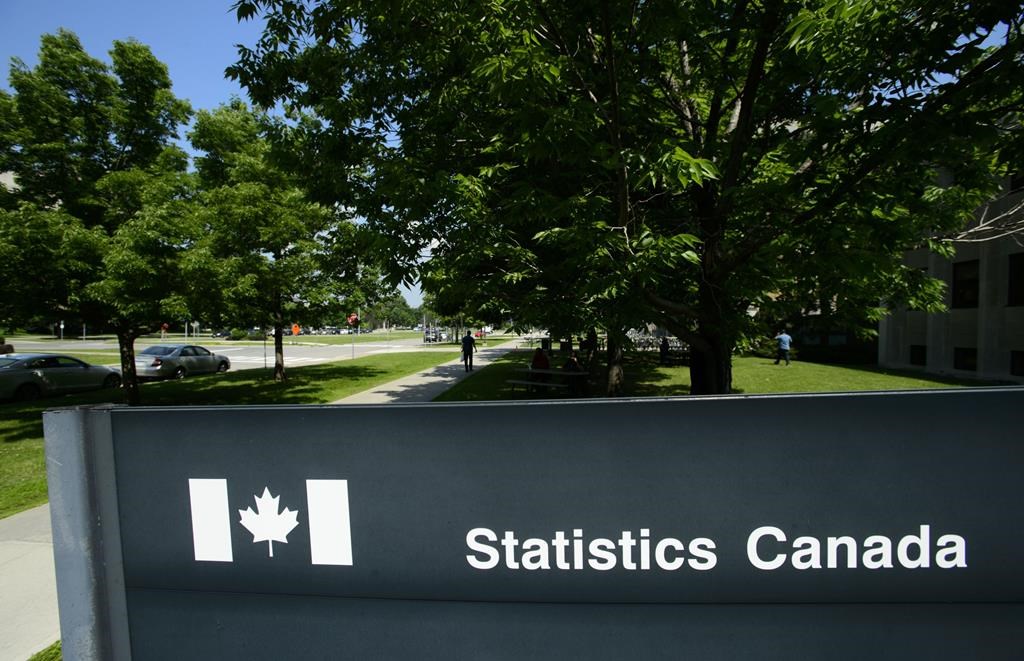Statistics Canada says the amount Canadians owe relative to their income rose in the first quarter of the year as disposable income fell even as debt levels continued to rise.

The agency says that on a seasonally adjusted basis, household credit market debt as a proportion of household disposable income rose to 184.5 per cent in the first quarter, up from 181.7 per cent in the fourth quarter of 2022.

Get weekly money news
The figure translates to $1.85 in credit market debt for every dollar of household disposable income.
The household debt service ratio, measured as total obligated payments of principal and interest on credit market debt as a proportion of household disposable income, was 14.90 per cent in the first quarter of 2023, up from 14.40 per cent in the fourth quarter of 2022.
The increase came as households borrowed $16.5 billion on a seasonally adjusted basis in the first quarter including $11.2 billion in mortgage debt.
The total seasonally adjusted stock of household credit market debt, which includes consumer credit, and mortgage and non-mortgage loans, rose 0.6 per cent from the fourth quarter of 2022 to $2.84 trillion in the first quarter of 2023, including $2.11 trillion in mortgage debt.







Comments